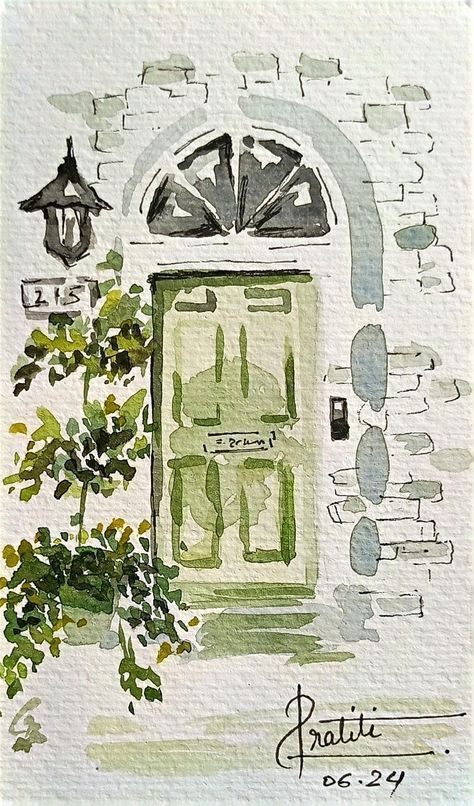It was very emotional; everyone clapped and cheered.
And now, it’s in my kitchen rotation for good.. Mac Superior Santoku Knife.At 6.5 inches, this santoku is significantly shorter than the typical 8-inch.

, and it has less blade area than a nakiri knife, another style I use often for quick veggie and fruit prep.But this excellent entry from Mac — which makes one of our.favorite chef’s knives.

— is ultra sharp and surprisingly thin, making it a very nimble option for tasks like chopping peppers, cutting the skin off fruit, cubing potatoes, and mincing garlic and herbs.The blade is slightly curved, and while it’s not quite as rounded as a rocking santoku, it’s really agile when mincing garlic and ginger.

The Mac knife’s pakkawood handle is grippy and ergonomic, making it comfortable and easy to maneuver no matter what I’m cutting.. Its 8-ounce weight is no joke.
I’m consistently impressed by how light it feels in my hand.Sprinkle a few tablespoons of salted cold water over the coarse semolina and, at the same time, rotate the palm and fingers of one hand in wide circles (in one direction only) to create tiny spheres.. After two or three rotations, begin to sprinkle the semolina flour and about 1/4 cup cold water alternately on the spheres while continuing to rotate.
As the spheres absorb the flour and water they will turn into tiny couscous "beads" more or less the same size..Shake or lightly press the couscous "beads" through a tamis or sieve in order to standardize their size.
Place in a finer sieve to shake and remove excess flour.. Bring plenty of water to a boil in the bottom of a deep kettle or couscous cooker.Pile the freshly rolled couscous into a lightly oiled colander or top container.